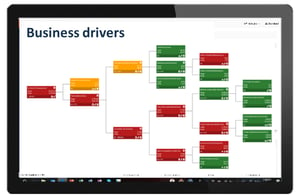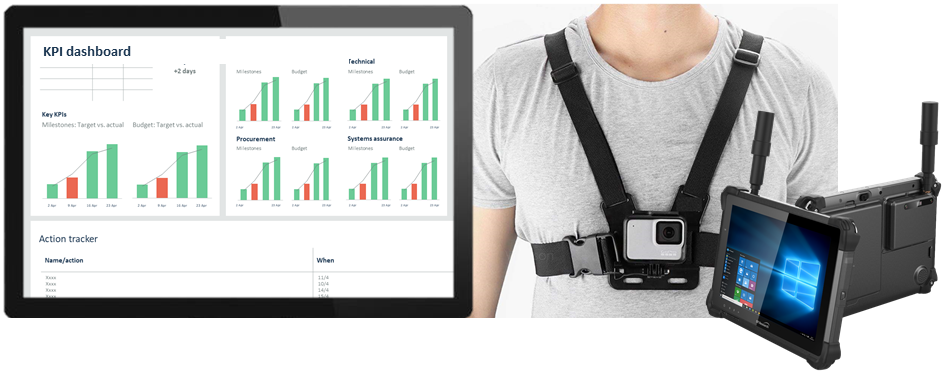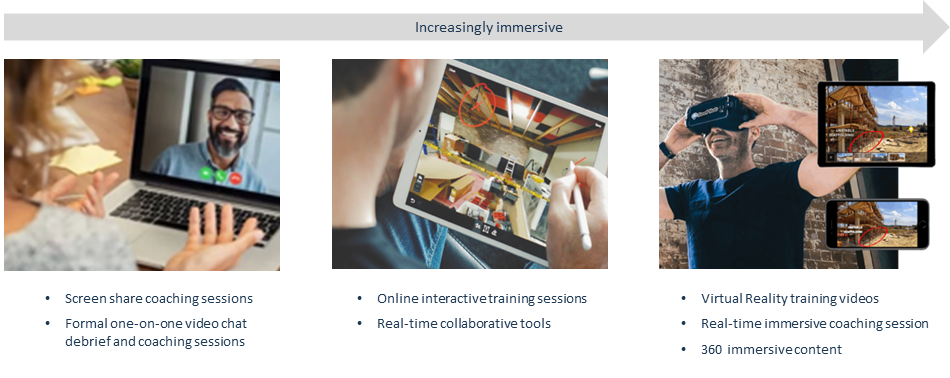The majority of your workforce is likely going through a technology adoption that otherwise would have taken years to develop. Some successfully, and some not so much. When done well, this technology adoption is going to open doors to a new level of real-time accountability and transparency that will make a step-change in the way organisations operate – and this isn’t a senior-management-level transition. This will transform every layer of the organisation, from management to the front line, changing how each operates and implements strategy every day and week.
As we help clients around the globe adopt this thinking, it’s evident that there are three steps recommended for this critical transition:




Translating overarching organisational strategy (lagging KPIs) into pragmatic deliverables (leading KPIs) that every department in the business should work towards daily, weekly, and monthly to achieve it. This will refocus frontline workers from worrying about big picture ideas to focussing on tangible levers of the business they can personally control, showing them what they need to do and how to achieve it.
Next, map each role to its leading KPI to ensure single-point accountability on every lever in the organisation; this is the fastest way to transform business culture and to focus on tangible success.
Finally, align on a timeline of success measures (target setting) and frequency of measure to yield bottom-line results focus.
In the business place, real-time KPI transparency and technology implementation initiatives are often met with challenges in workforce adoption and utilisation.
As we forcibly go through technology adoptions due to physical distancing, now is the time to rapidly implement a technology initiative and demonstrate the importance of transparency on leading KPIs, making it a core part of how business is done.
The delivery model will need to include a mix of proven technologies (wearable, GPS enabled and others) that can measure leading indicators, and customised real-time KPI visualisations (leveraging established platforms such as Microsoft Flow, Microsoft PowerBI, and PiPware CI). This ensures that daily activities are seamlessly linked to KPI updates without requiring users to do manual or additional steps.

When implementing new technology, many businesses typically rely on it as the sole solution and do not focus enough attention on the human aspect of end-to-end organisational transformation; alignment, capability building, and what we call ‘Wiring’.



Click to download a printable version of this article

Partner
| We actively reduce the climate impact from our operations and invest in community-based climate solutions to balance remaining carbon emissions |